If you're a car owner, it's important to know how to test a coil with a multimeter. A coil is responsible for providing the spark that ignites the air/fuel mixture in the cylinders. Without this spark, your car won't run. Testing a coil with a multimeter is relatively simple and only takes a few minutes.
What is a coil in an engine?
A coil in an engine is a spiral of wire that helps create a magnetic field. This magnetic field then produces the spark that ignites the fuel in the engine. The coil consists of two parts: the primary winding and the secondary winding. The primary winding is made up of fewer turns of heavier wire, while the secondary winding is made up of more turns of thinner wire. When the engine is running, electricity flows from the battery through the primary winding. This creates a magnetic field around the secondary winding. When the spark plug needs to fire, a voltage is sent to the secondary winding, which amplifies it and sends it to the spark plug.
Types of ignition coils
There are three main types of ignition coils:
- Standard coil
- Electronic ignition coil
- Distributorless ignition coil
The standard coil is the most common type of ignition coil. It consists of two windings of wire wrapped around a metal core. When the engine is running, the primary winding receives current from the battery and creates a magnetic field. This magnetic field then induces a current in the secondary winding, which produces the spark that ignites the air-fuel mixture in the cylinders.
The electronic ignition coil is an upgrade over the standard coil. It uses transistors to control the flow of current through the primary winding. This allows for a more precise timing of the spark, which can result in better engine performance.
The distributors ignition coil is the most advanced type of ignition coil. It uses a computer to control the flow of current through the primary and secondary windings. This allows for more precise timing of the spark and can result in better engine performance.
How to test ignition coils:
- First of all, you will need to open the hood of your car and locate the ignition coils. In most cases, the ignition coils are located near the spark plugs.
- Once you have found the ignition coils, you will need to disconnect the negative terminal of the coil pack.
- After that, you will need to set your multimeter to Ohm mode and touch the probes to the positive and negative terminals of the coil pack.
- If the multimeter reading is within 0.5 and 2 ohms, then it means that your ignition coil is working fine. However, if the reading is outside this range, then it indicates that your ignition coil is faulty and needs to be replaced.
- Finally, you will need to reconnect the negative terminal of the coil pack and close the hood of your car.

Identifying a Faulty Ignition Coil:
A ignition coil is an important part of a car's ignition system. It transforms the battery's low voltage to the high voltage needed to create an electric spark in the spark plugs. This sparks ignites the air/fuel mixture in the cylinders, powering the engine. If any part of this system fails, the engine will not start.
There are several symptoms that may indicate a failing ignition coil. These include a check engine light, loss of power, misfires, or stalling. If you experience any of these issues, it is important to have your vehicle diagnosed by a professional mechanic as soon as possible.
An ignition coil can fail in one of two ways:
- Open circuit
- Short circuit
An open circuit means that there is a break in the coil's primary or secondary winding. This can be caused by internal insulation breakdown or an external short circuit, such as a loose wire. A short circuit occurs when the coil's windings are connected together, causing a current to bypass the spark plugs. This can be caused by dirt, oil, or corrosion build-up on the coil's terminals.
To test for an open circuit, a professional mechanic will use an ohmmeter to measure the resistance of the coil. A reading of infinity (OL) indicates an open circuit. To test for a short circuit, the mechanic will measure the coil's primary and secondary resistance. A reading of zero (0) indicates a short circuit.
If your vehicle is exhibiting any of the symptoms of a failing ignition coil, it is important to have it diagnosed and repaired as soon as possible. Ignoring these issues can lead to more serious problems, such as engine damage or a complete loss of power.
FAQs about testing coils with a multimeter:
How do I test a coil with a multimeter?
To test a coil with a multimeter, you will need to connect the leads of the multimeter to the coil terminals. Once the connection is made, you can set the multimeter to the resistance mode and measure the resistance of the coil.
What should I do if my multimeter shows no reading?
If your multimeter shows no reading, it is likely that there is an open circuit in the coil. To fix this, you will need to check the connections and make sure that they are secure. If the problem persists, you may need to replace the coil.
Why does my multimeter show a different reading when I test different coils?
Different coils will have different resistances, so it is normal for your multimeter to show a different reading when you test different coils. The resistance of a coil is determined by the number of turns of wire in the coil, so coils with more turns of wire will have a higher resistance.
How can I tell if my coil is bad?
If your multimeter shows a high resistance reading, this could indicate that your coil is bad. You can also try testing the coil with an ohmmeter to see if the reading is stable. If the reading fluctuates, this could be an indication that the coil is damaged.
Conclusion:
In conclusion, testing a coil with a multimeter is a relatively easy process. All you need is a working multimeter and some patience. Simply follow the steps outlined in this article and you should be able to get an accurate reading of your coil's resistance.

Related Articles:
How to Test a Blower Motor with Multimeter?
How to Test Solar Panels with a Multimeter?

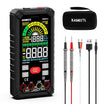
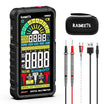
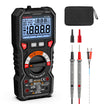
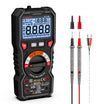

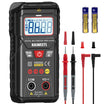
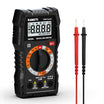
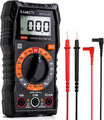
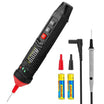
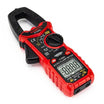
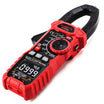
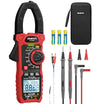
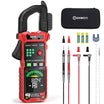

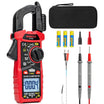

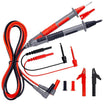
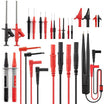



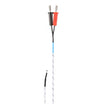
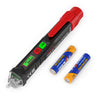
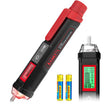


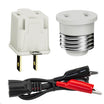
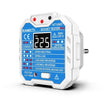
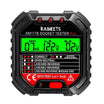
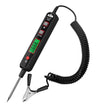
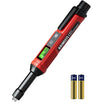

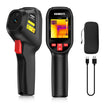
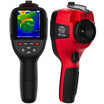
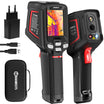
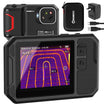
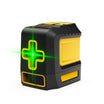
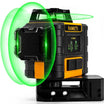













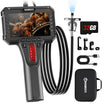
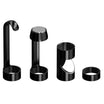




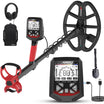




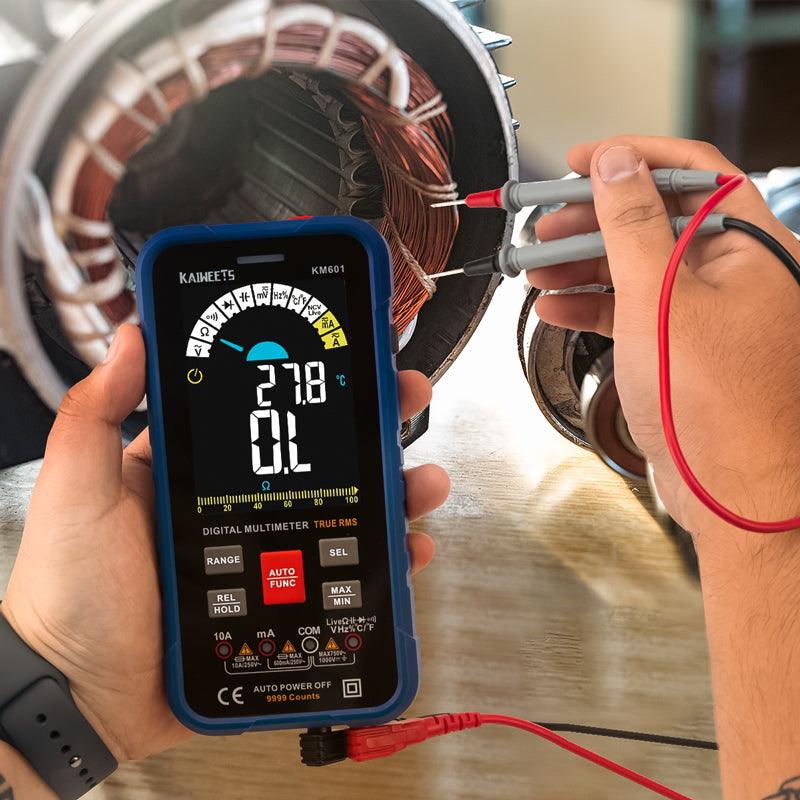
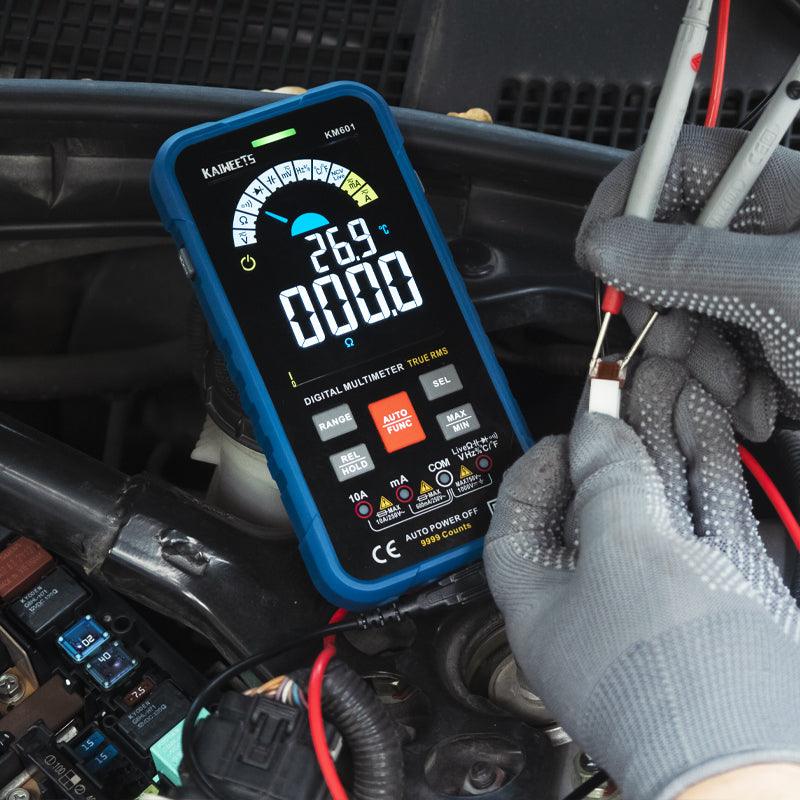
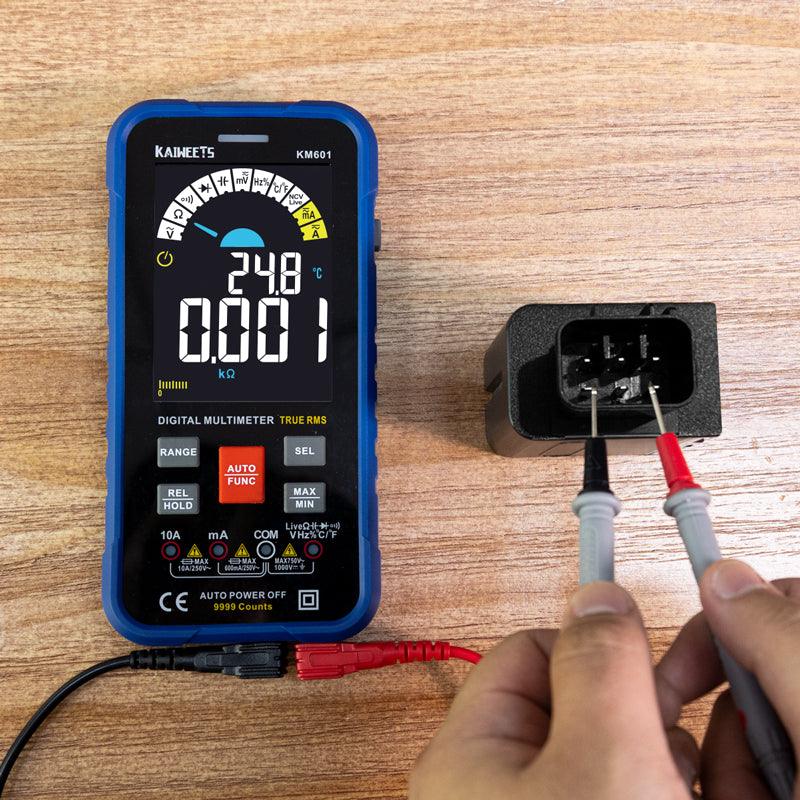
Leave a comment
All comments are moderated before being published.
This site is protected by hCaptcha and the hCaptcha Privacy Policy and Terms of Service apply.